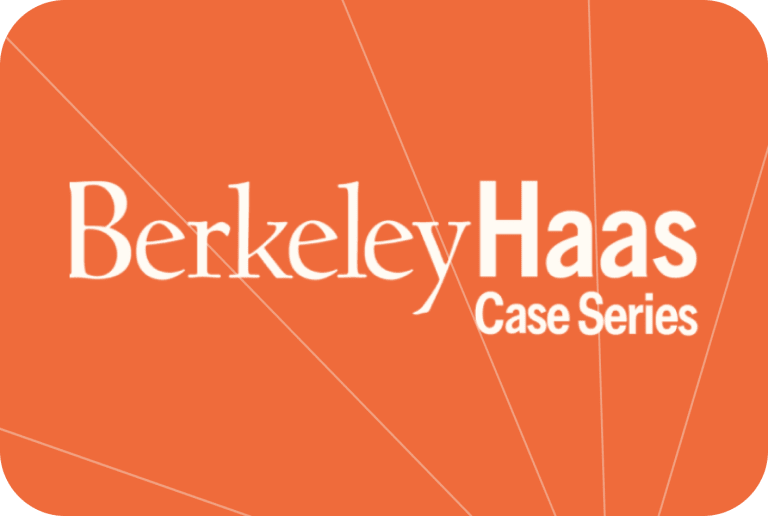Disclaimer: This article discusses suicide and suicidal ideation. If you are having thoughts of suicide, or know someone who is, call or text 988 to speak with someone you can trust 24/7 through the 988 Suicide & Crisis Lifeline.
In the last decade, there has been no greater challenge facing institutions of higher education than that of evolving student needs related to mental health. Today’s college students are facing an unprecedented set of circumstances related to academic pressure, high rates of stress and anxiety, and an increase in reported feelings of depression. Not to mention the many additional factors related to one’s personal identity(ies) and an increasingly complicated socio-political landscape, both of which impact one’s mental health in everyday life.
This increase in mental health challenges, however, is also a contributing factor to rising rates of suicidal ideation and completed suicides among college students. While research shows that college students have lower rates of suicide than the general population in the United Sates, the truth is that statistics surrounding college student suicide paint a concerning picture. Suicide remains the second-leading cause of death among college students, and there are approximately 1,100 completed suicides on college campuses every year. What is more alarming is that data from organizations like our partners at The Healthy Minds Network show an increase in troubling trends over the past decade. In 2022, the Healthy Minds annual survey saw:
- 28% of students reporting self-harm within the past year
- 15% of students reporting suicidal ideation
- 6% of students reporting a planned suicide
- 2% of students reporting an attempted suicide
Each of these data points represent an increased percentage over the previous decade. Though these trends are concerning, and suicide is often a difficult subject to address, it remains important to recognize that suicide is preventable, should be safe to discuss, and that institutions play a pivotal role in connecting students to life-saving resources and programming to support mental health and well-being.
In 2014, our team partnered with Colorado State University to begin co-designing a digital solution aimed at address rising suicide rates and mental health challenges in college students by decreasing mental health stigma, increasing help-seeking behavior, and connecting students directly to life-saving resources both online and within their campus community. From our innovative work addressing suicide rates among working-aged men through ManTherapy.org, we had an evidence-backed history of effectively breaking through mental health stigma, reducing barriers to help-seeking, improving overall mental health, and reducing suicidal ideation in a difficult-to-reach population.
What our research with college students and administrators showed us was that, in order to effectively drive behavior change related to mental and behavioral health, we had to build an upstream solution focused on providing 24/7, comprehensive, and personalized support for every college student, no matter where they are at in their college journey. This ultimately led to the creation of the YOU platform, which has spent nearly a decade supporting thousands of college students on over 200 campuses. In doing this work at the intersection of suicide prevention, mental health, well-being, and student success, our team has learned a lot about how to effectively support college students. Here are three critical insights we’ve gained through our partnerships with campuses nationwide:
- You have to serve students, not just student problems.
In order for student support to be effective, it not only needs to address the challenges students are facing, but it must also meet the unique needs of each individual student. Through our eighteen-month development cycle, working alongside student focus groups, we realized that not only do students deal with a multitude of challenges that impact their mental health, each of those challenges looks different for every student. Our first major breakthrough was recognizing that mental health doesn’t exist in a vacuum: stress can lead to sleep issues, which can lead to social withdrawal, which can lead to stress with academics and social relationships, all compounding to inhibit a student from succeeding during school. By putting the individual student at the center of the support and building around them, tools like the YOU platform are able to more effectively personalize and curate support for students, empowering them to address their own unique challenges head on. This increases the likelihood that students connect with the right support relevant to their circumstances, identity, and campus culture, like the 93% of Cal State Fullerton students who agreed that YOU helped them connect with resources online and in the CSUF community relevant to their identity(ies). - Mental health support must be entrenched in the campus community.
Recent research shows that 40% of college students are unaware of what support services are available to them through their campus community, which is a critical gap in awareness that is currently preventing students from receiving adequate support for their needs, increasing feelings of disconnection with their campus, and increasing the likelihood of stopping out. What’s more is that students are also stating that mental health services remain the top criteria for deciding whether or not to attend, and stay enrolled at, a particular institution. In order for mental health support to have an impact, it has to be fully embedded into the campus culture, with the understanding that mental health and well-being not only impacts every student, it also impacts every department on campus.
Tools like YOU for Students, YOU for Faculty & Staff, and HelpCompass not only put campus identity and branding front-and-center, they also function as a digital front door for campus life, increasing the likelihood that students feel connected to their campus and access the right campus support before and during crisis. In a recent survey of our student network, 74% of students endorsed recommending YOU to a friend, 73% of students agreed that YOU supports their mental health, and 68% of students agreed that YOU makes them feel like well-being is a priority at their school. - It takes a full continuum of services to effectively support students.
In order for mental health programming to be effective, it must be comprehensive in nature and involve multiple approaches to supporting students with a variety of resources for personalized care. For college campuses, there is no one, singular tool that will effectively prevent suicide and support mental health for every student. However, knowing that campuses are investing in multiple solutions for student support, it is imperative that connection to these supports is coordinated across campus, providing multiple access points to connect students with the right resources at the right time. Tools like the YOU platform and HelpCompass not only support a coordinated, campus-wide system for mental health and crisis triage, they also provide seamless and direct access to resources like counseling centers, academic advising, career centers, TRIO programs, campus clubs, and any other campus programming. This ensures students have all of their support options available to them right when they need them.
Our research and development process has shown that this is an effective approach to increase awareness access to all relevant resources, with 7 out of 10 students agreeing that YOU helped them learn more about campus resources, and 79% of those students taking action with the service they learned about. We are also helping to drive behavior change and connecting students with the right resources to support their mental health, like a first-year student at University of Wisconsin-Oshkosh who said: “I created my YOU account because I was struggling mentally. Creating my account and exploring the resource helped me gain the courage to set up an appointment with a therapist. Now I talk with my therapist and still use the YOU platform for support.”
We know that there is no one-size-fits-all approach to preventing suicide and supporting college student mental health. However, we believe that by creating personalized well-being tools, leveraging a friendly and engaging user experience, and providing direct connection to campus resources, digital tools have the power to break through mental health stigma, help students on their college journey, and ultimately save lives in the process. By putting students and institutions at the core of our tools, our comprehensive and centralized approach is empowering campuses to more effectively address their student needs and cultivate healthier communities that help every student succeed, thrive, and matter.





